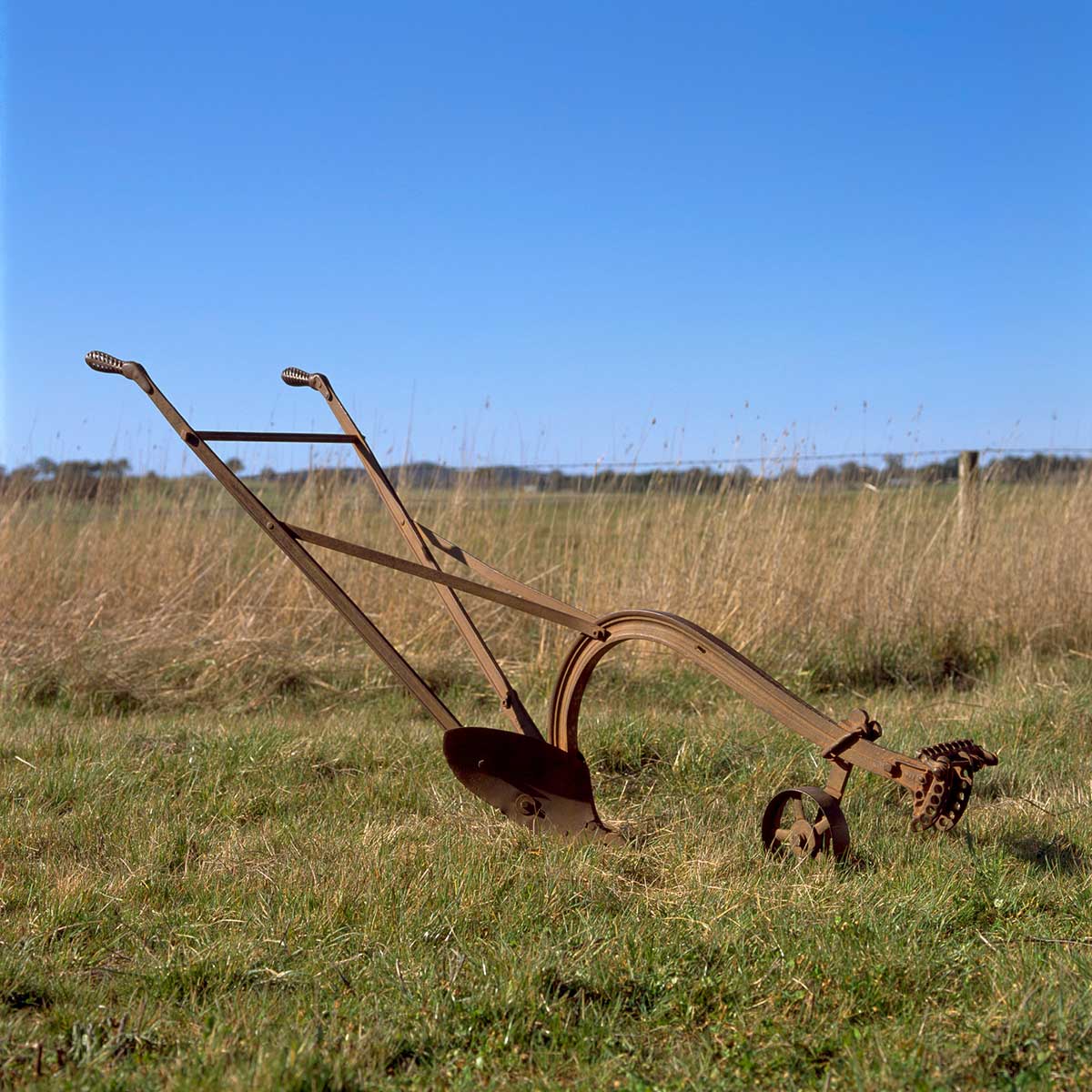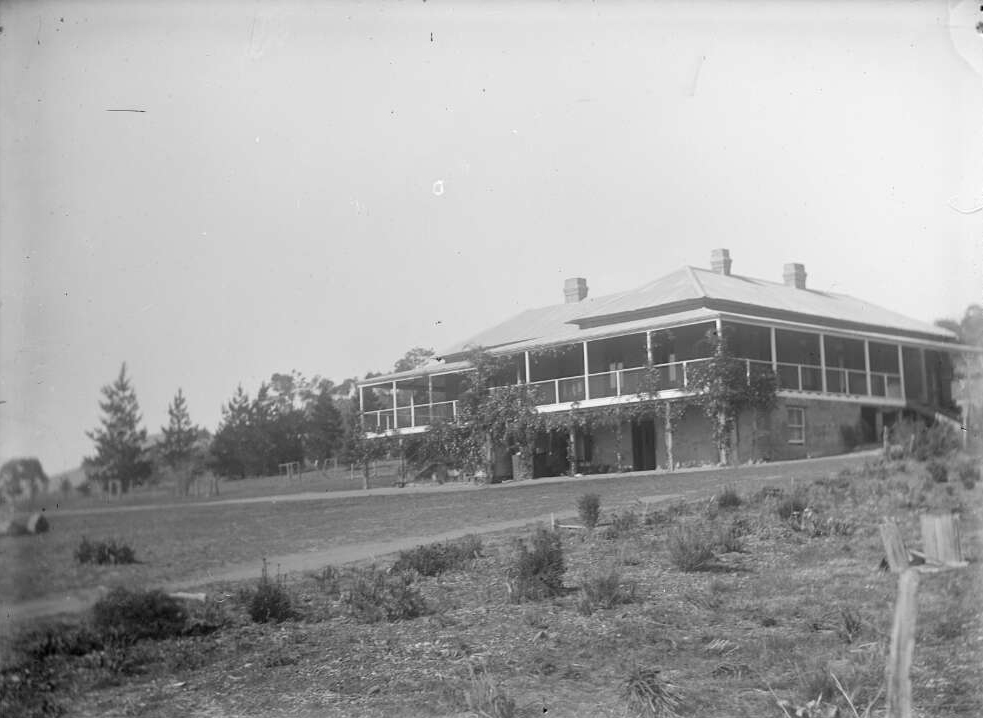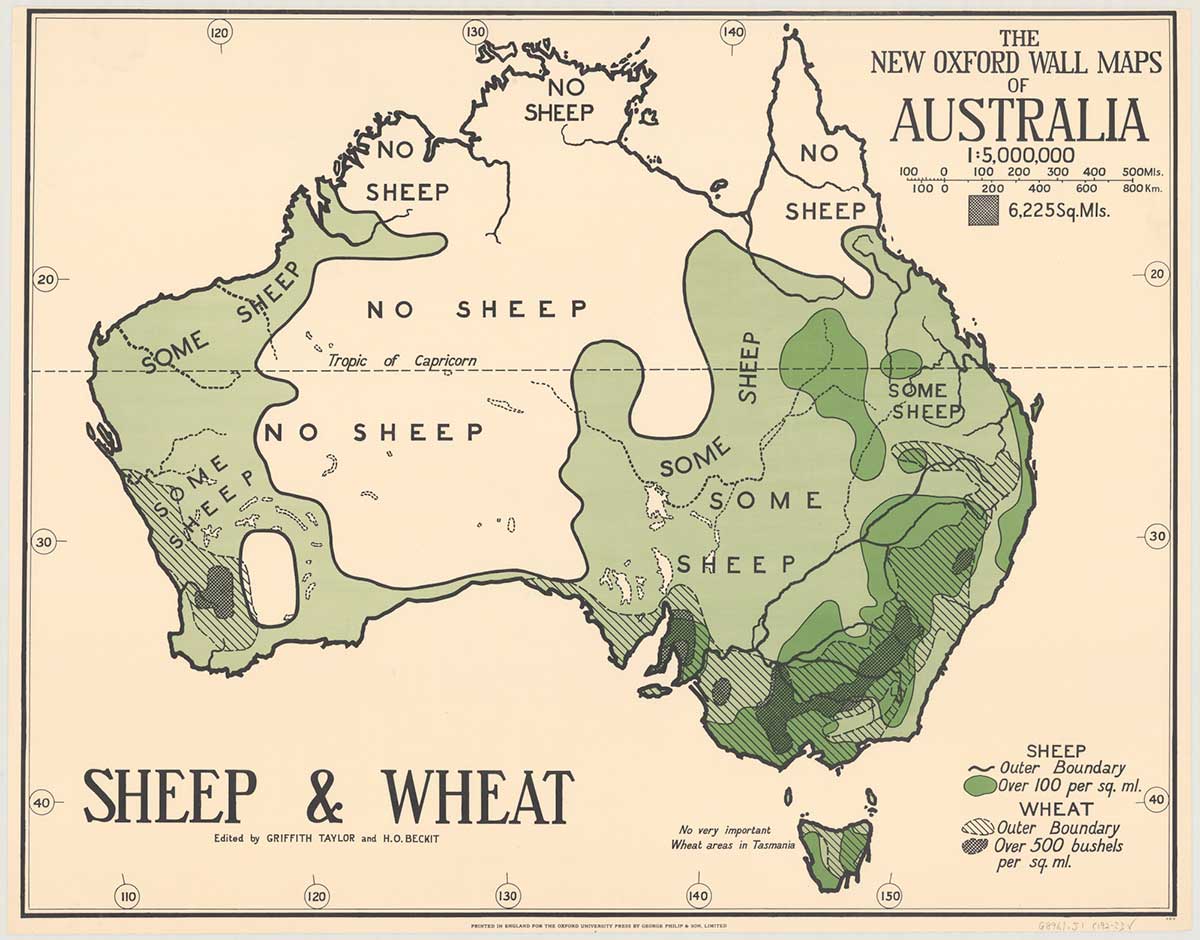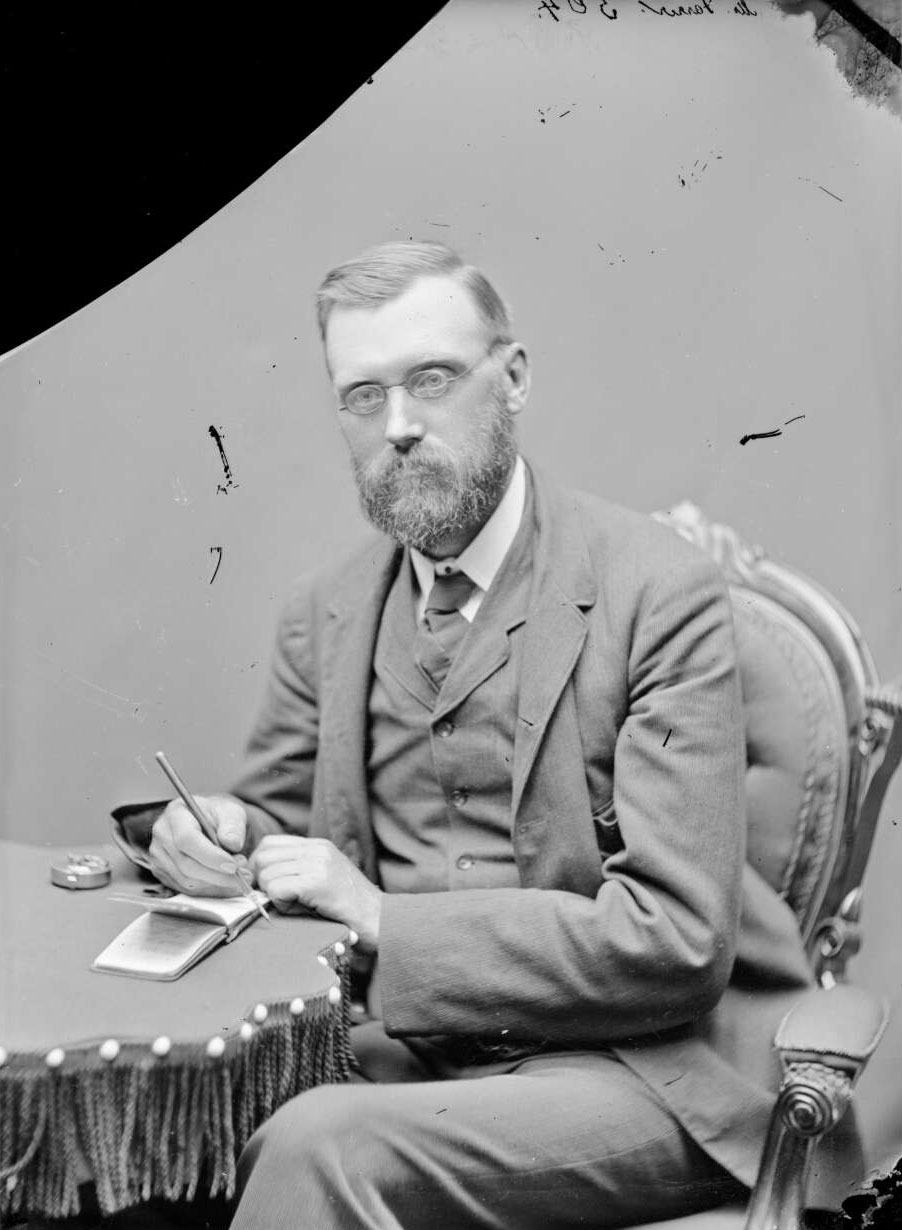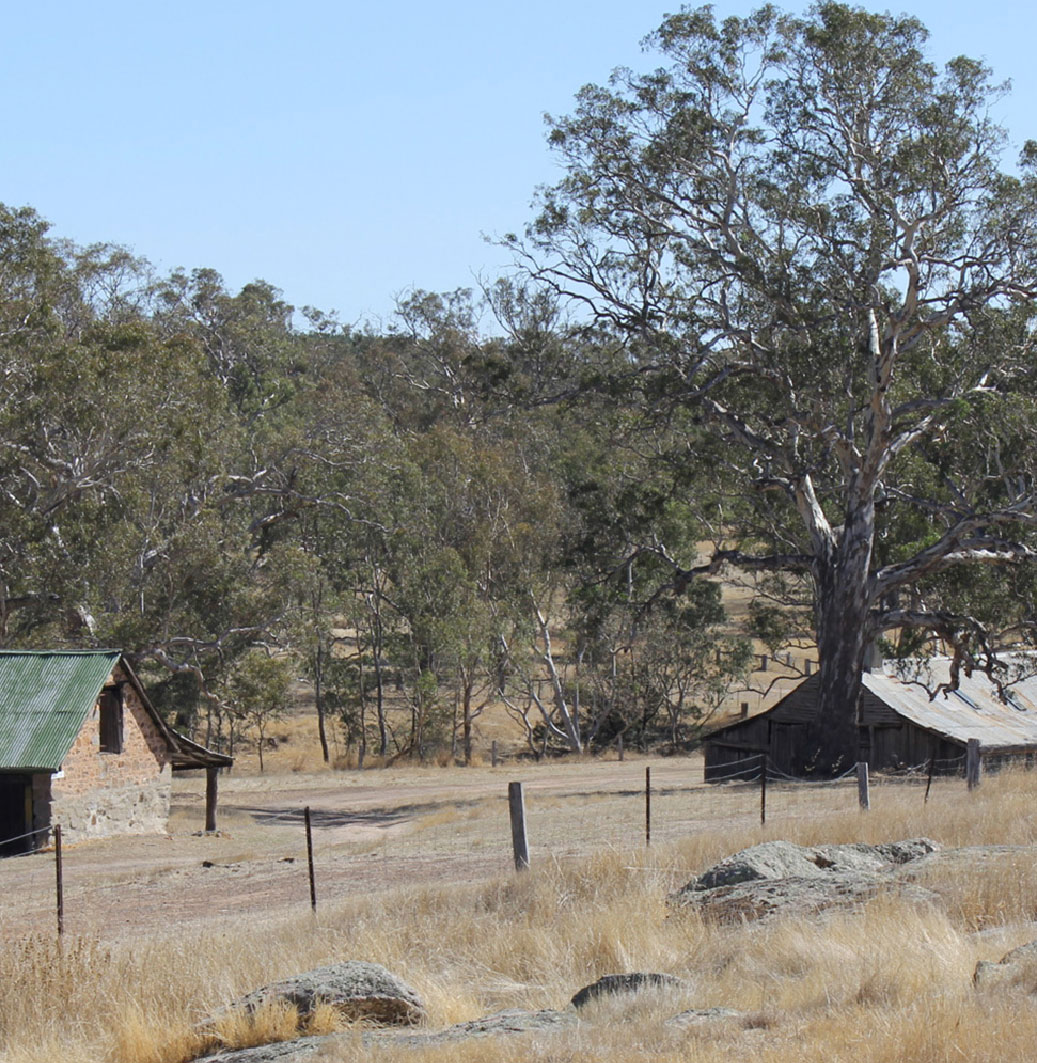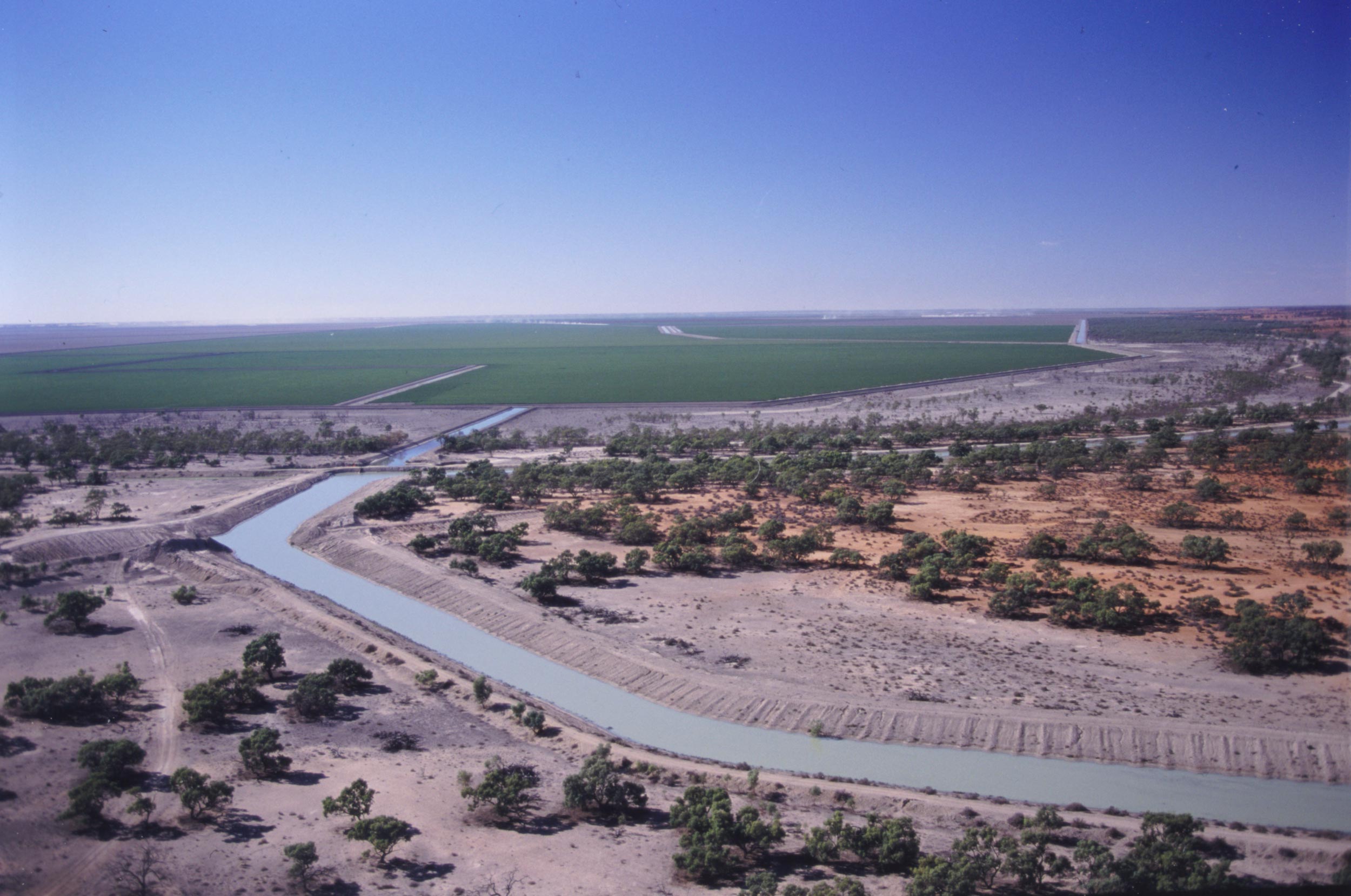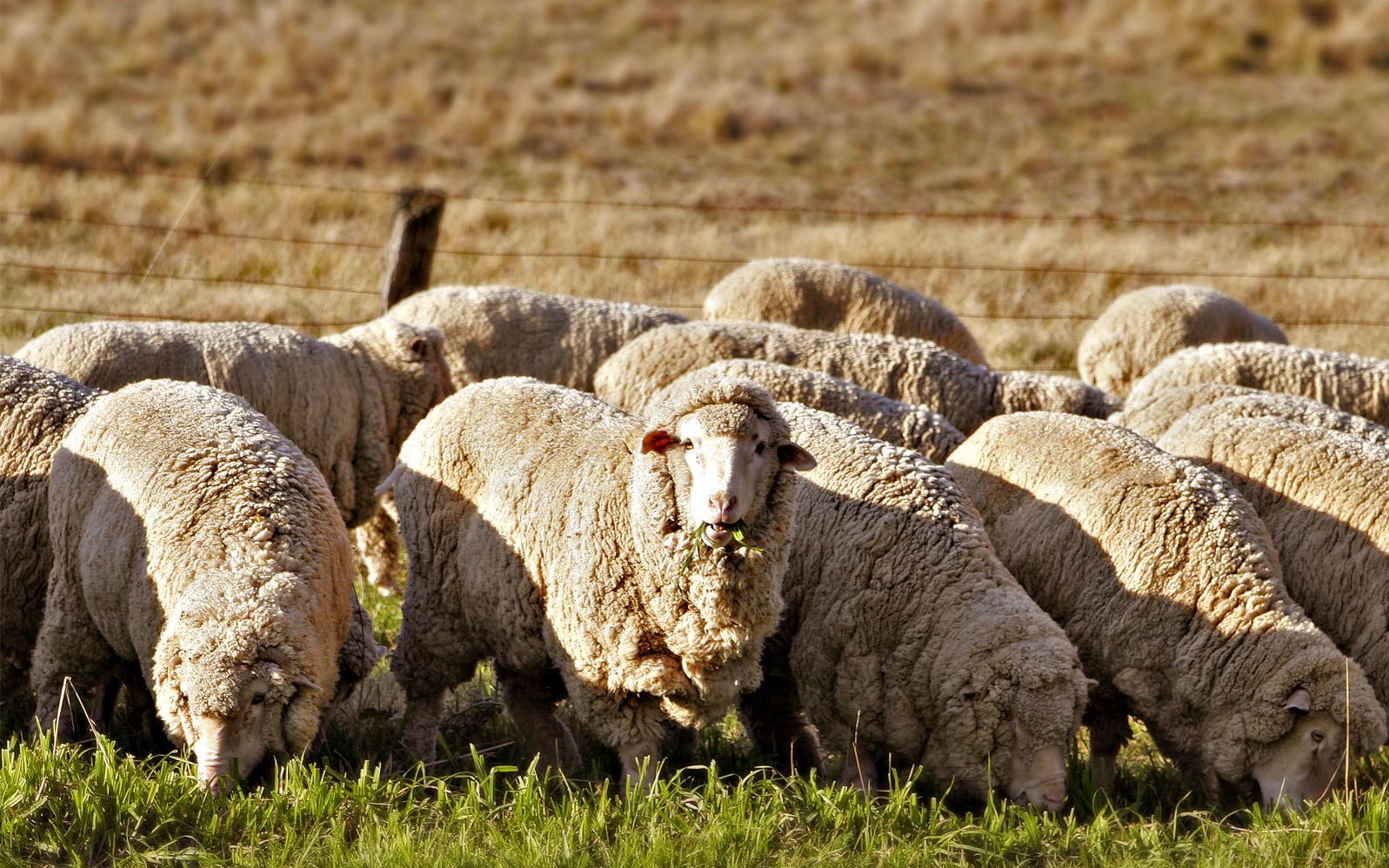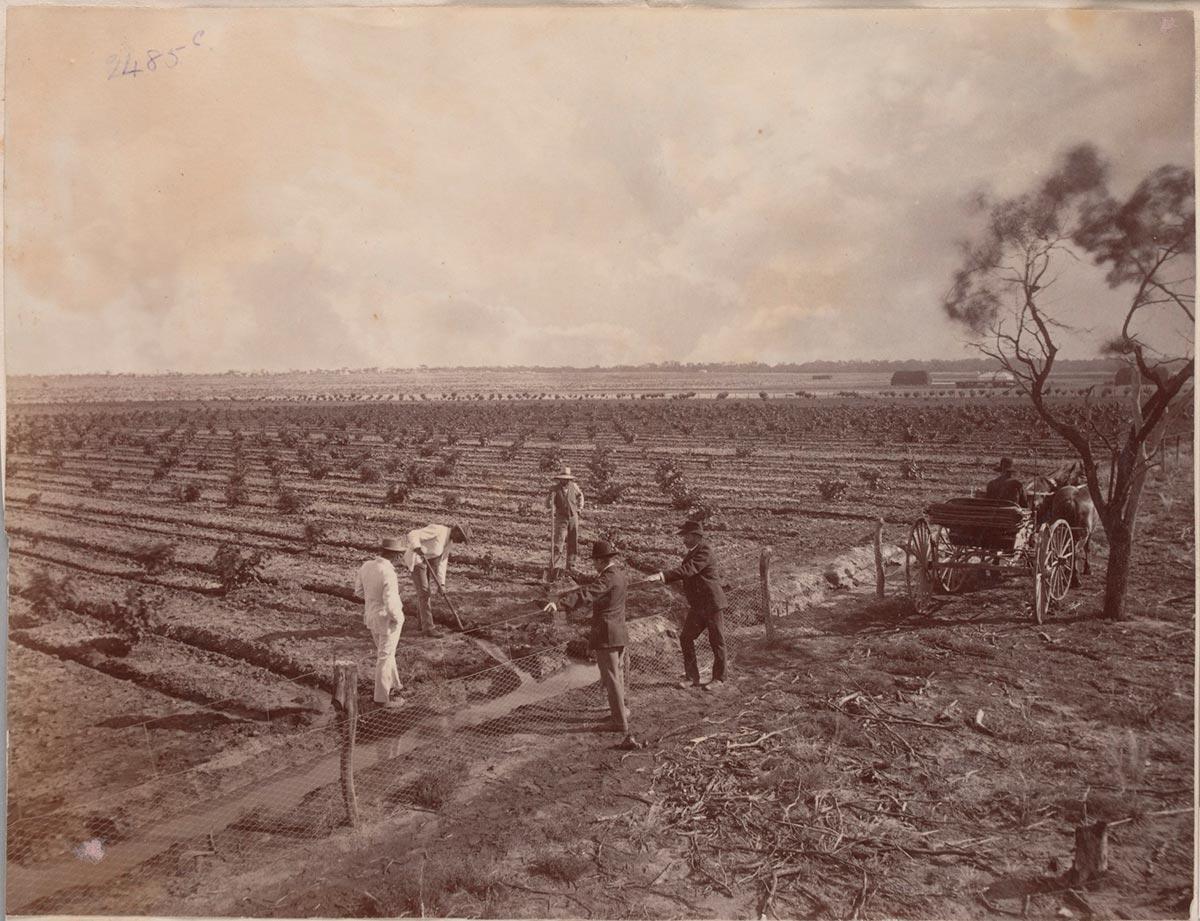A scientific solution for the nation
1903: William Farrer begins distributing ‘Federation’ wheat
A scientific solution for the nation
1903: William Farrer begins distributing ‘Federation’ wheat
In a snapshot
Wheat was one of the first crops planted by colonists in Australia in 1788. At first, harvests were poor, but soon wheat became Australia’s most important crop. However, during the 1800s a destructive wheat disease called black stem rust reduced harvests, prompting farmers, agriculturalists and scientists to look for solutions. Among them, William Farrer experimented in cross-breeding wheat to produce ‘Federation’ wheat, the first specifically Australian variety that was resistant to both rust and drought.
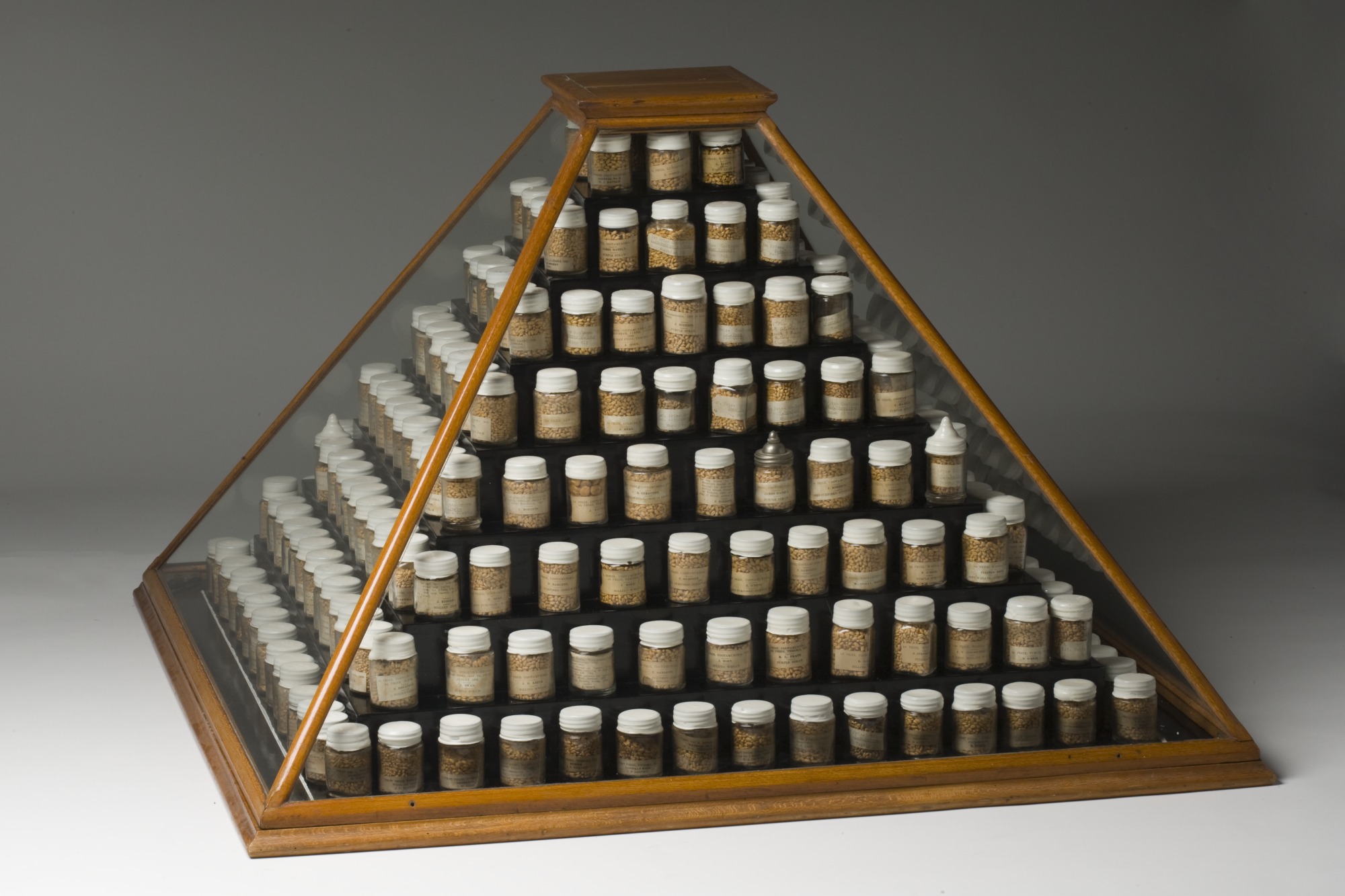
 Can you find out?
Can you find out?
1. Why was it difficult to grow wheat in the early years of the colony?
2. What is plant hybridisation and how did Farrer use this process?
3. Why was Farrer’s new variety of wheat popular with farmers?
Why was wheat introduced to Australia?
The first wheat in Australia was sown in Sydney in 1788, not long after the arrival of the First Fleet. Colonists brought with them different varieties of grain, and a small farm was set up in Sydney to experiment with crops. The climate, soils and seasons in Australia were very different to those in Europe. This meant that the first harvests were very poor. But colonists were determined to grow wheat because it was essential for making flour, which could be baked into bread and used to make other types of food.
James Ruse was a convict and one of the few experienced farmers who arrived with the First Fleet. In 1789 he asked Governor Arthur Phillip for his freedom and also for a grant of land. Phillip allowed Ruse to farm a small piece of land near Parramatta. Ruse produced good wheat harvests over the next two years, proving that the crop could be successfully grown in the new colony.
Agriculture soon spread to new parts of the continent and wheat became Australia’s main crop. In 1845 the first shipment of Australian-grown wheat was sent to England, and by 1870 Australia was exporting wheat regularly.
What is black stem rust and what did it force farmers to do?
Black stem rust is a wheat disease that thrives in wet and humid conditions. It can badly damage wheat crops and reduce grain harvests. Stem rust was found in some of Australia’s first wheat crops and in crops between 1840 and 1860. The disease forced farmers to move further inland into drier and hotter conditions. Although this helped them to avoid stem rust, European wheats did not grow well in the hot and dry conditions.
Research Task
Do some research to find out which disease badly affected the wheat industry in 1889.


Who was William Farrer?
William Farrer was born in northern England in 1845 and migrated to Australia when he was 25 years old. At first he worked as a tutor on a sheep station at Duntroon (now Canberra), but he soon became interested in agricultural science and began to study the problems of growing wheat in Australia. Farrer believed that European wheat varieties were not suited to the Australian environment.
In the early 1880s Farrer collected different wheat seeds from around the world. He planted the seeds on a farm near what is now Canberra, hoping to find out which varieties of wheat grew best in the Australian climate.
In 1886 Farrer began to cross-breed the strongest varieties of wheat that he had found. Cross-breeding, also known as plant hybridisation, aims to combine the best features of two different varieties of wheat (or another plant) to create a new variety. Farrer was one of the first people in the world to experiment with plant hybridisation. He wanted to create a wheat variety that was resistant to black rust, grew well in Australia’s hot and dry climate and made excellent flour. In the 1880s and 1890s Farrer promoted some of his new wheat varieties to Australian farmers.
‘In a new country like this, where the climate is so widely different and in many respects the very opposite of that of the country which, only a short time ago, was the home of the vast majority of our farmers … the traditional practices of the old country have to be unlearnt, in addition to entirely new ones learnt.’
How did Farrer develop Federation wheat?
Farrer made a huge breakthrough when he cross-bred Yandilla wheat (a hybrid wheat he had created from Indian and Canadian varieties) with Purple Straw wheat (a variety from Europe). This created a variety that was resistant to disease and very productive. Farrer named the new variety ‘Federation’ in honour of the creation of the Australian nation in 1901.
‘Federation’ wheat began to be distributed in 1903 and wheat farmers quickly began to grow the new variety. From 1910 to 1925 Federation was the most popular variety of wheat in Australia.

What is Farrer's legacy?
William Farrer is remembered as a pioneer of plant hybridisation. His experiments created a variety of wheats suitable for different environments across Australia. This meant that more wheat could be grown in Australia and that it could be grown in hotter and drier regions of the country.
Read a longer version of this Defining Moment on the National Museum of Australia’s website.
 What did you learn?
What did you learn?
1. Why was it difficult to grow wheat in the early years of the colony?
2. What is plant hybridisation and how did Farrer use this process?
3. Why was Farrer’s new variety of wheat popular with farmers?







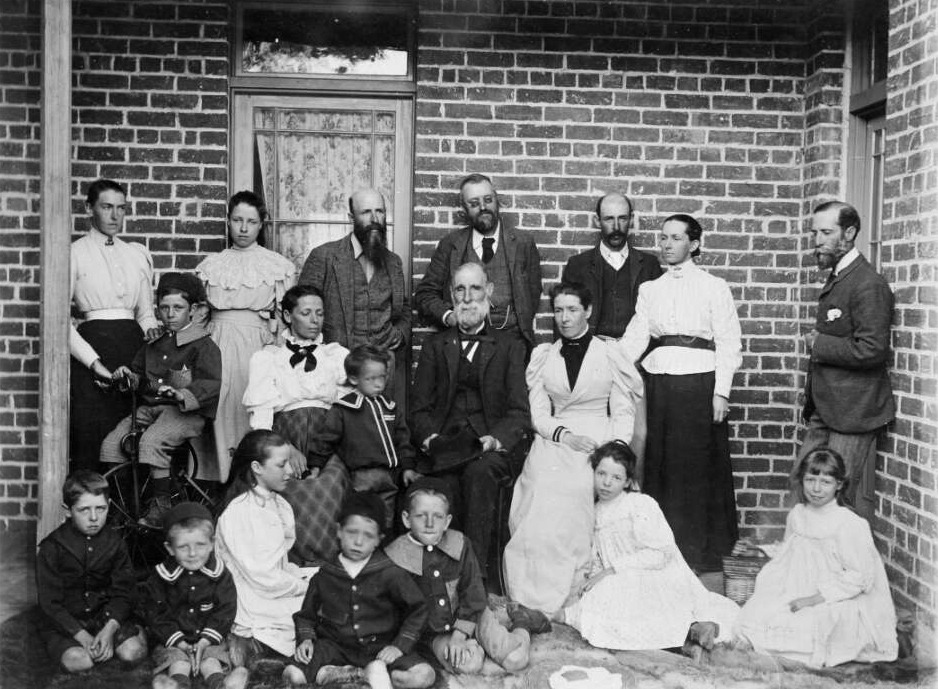
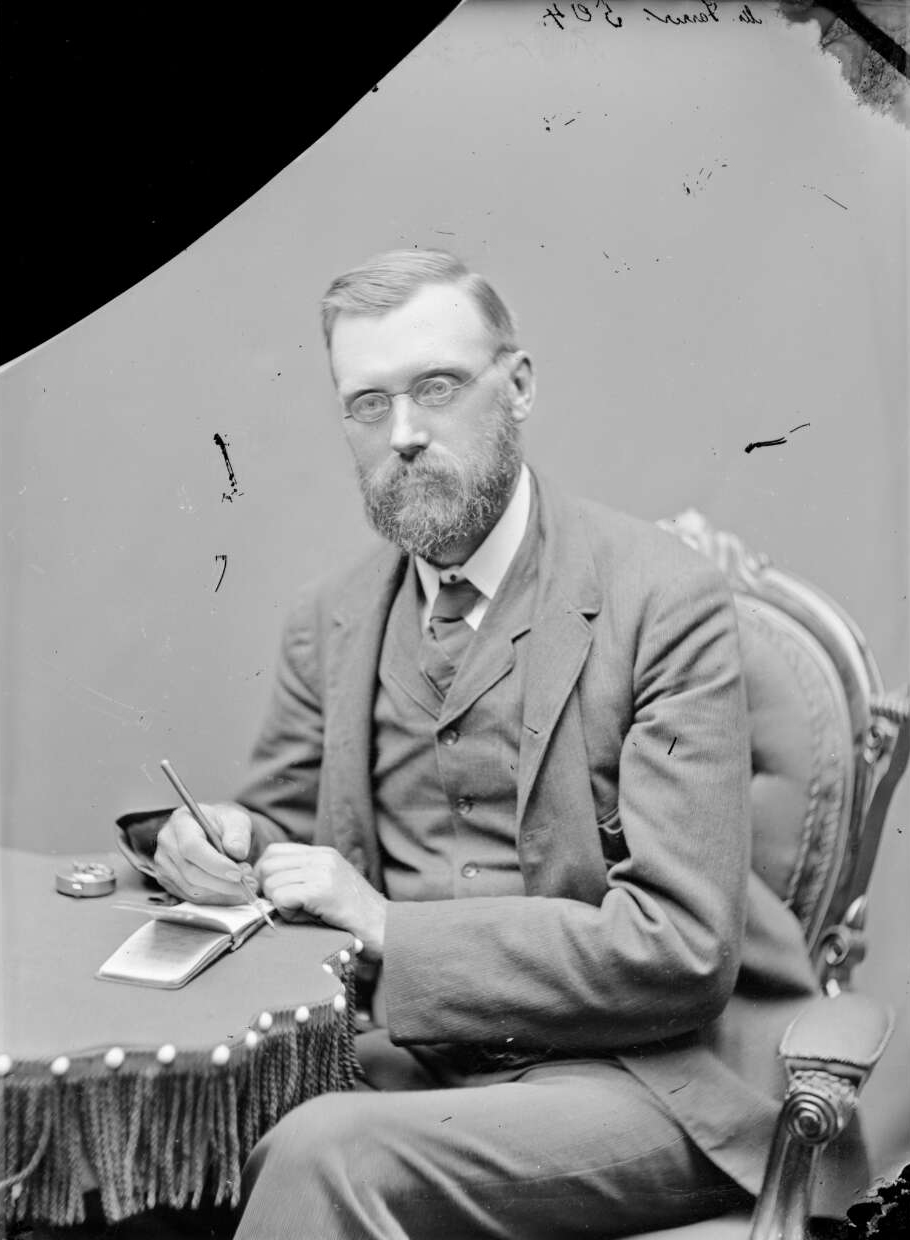
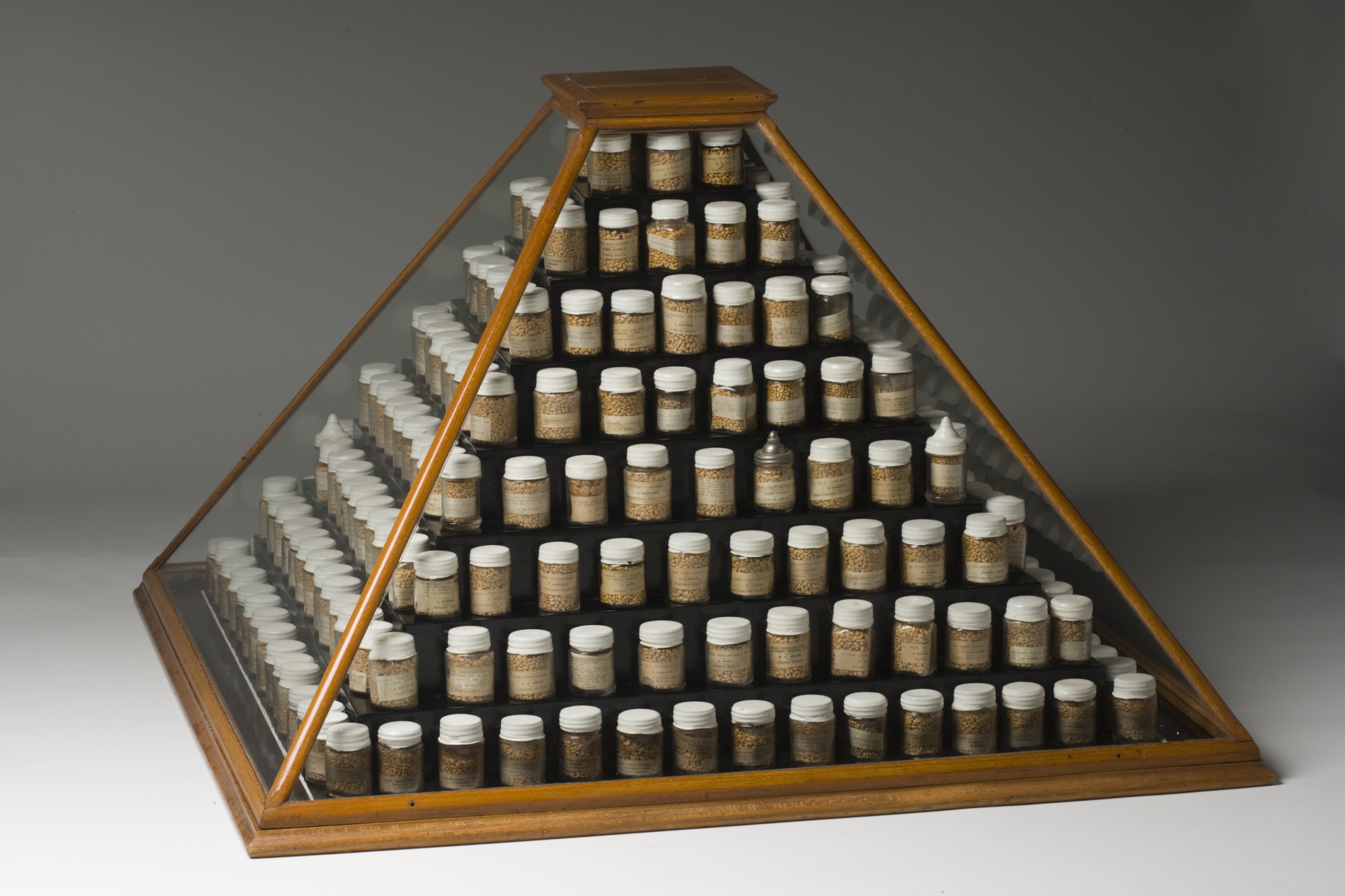
![A "COMMONWEALTH IMMIGRATION OFFICE PHOTO" postcard featuring a sepia coloured image of a rural scene of an eight horse drawn stripper and one man. A caption for the image, in the lower left hand corner, reads: "STRIPPING AN AVERAGE AUSTRALIAN WHEAT CROP. THE TOTAL VALUE OF THE AUSTRALIAN WHEAT CROP LAST YEAR WAS 62,169,360 [POUNDS]. AUSTRALIA IN THE LAST FIVE YEARS EXPORTED 1,895,630 TONS OF FLOUR'.](/sites/default/files/2023-08/1900s_BI_1903_FederationWheat-1200w.jpg?v=1)
